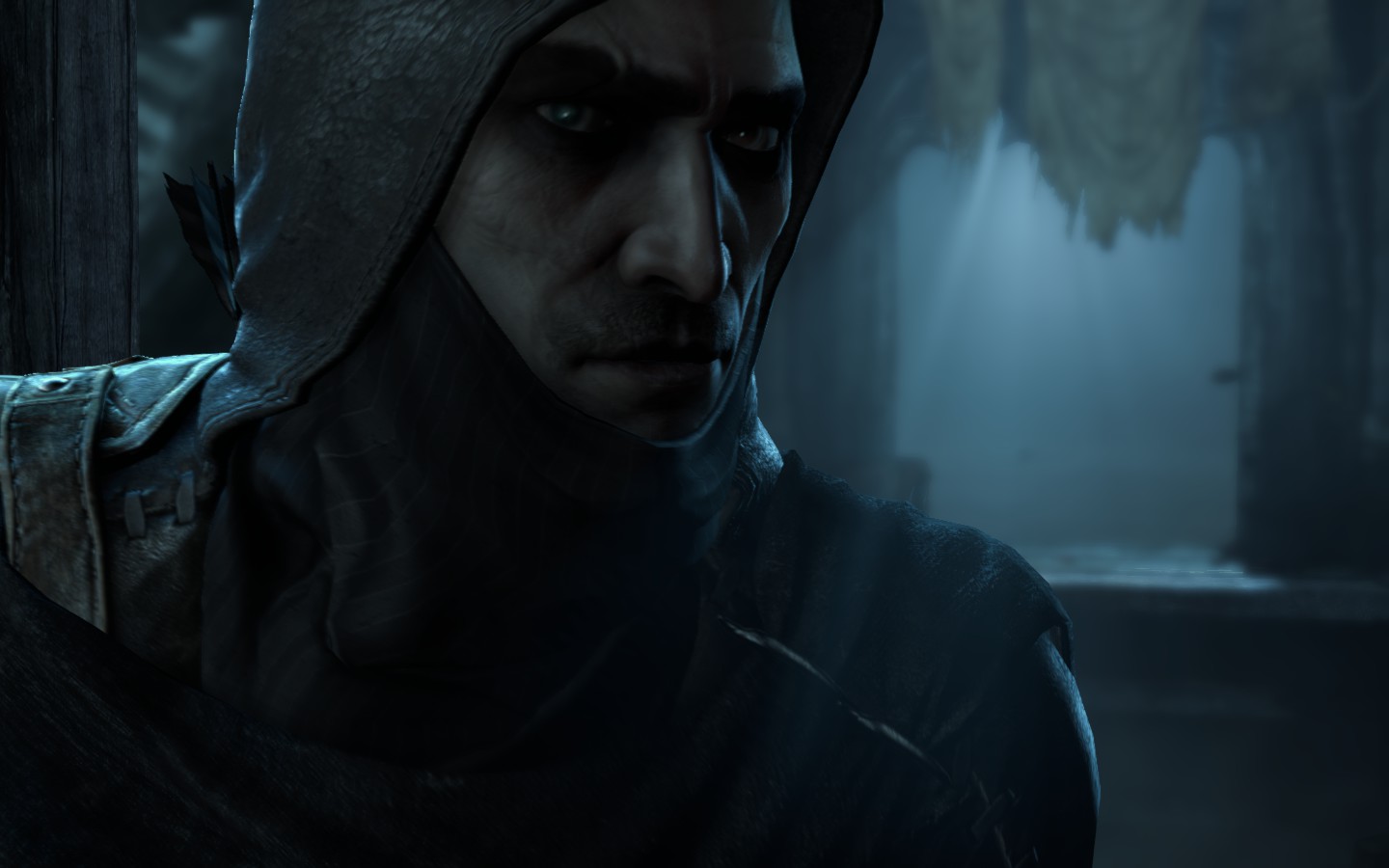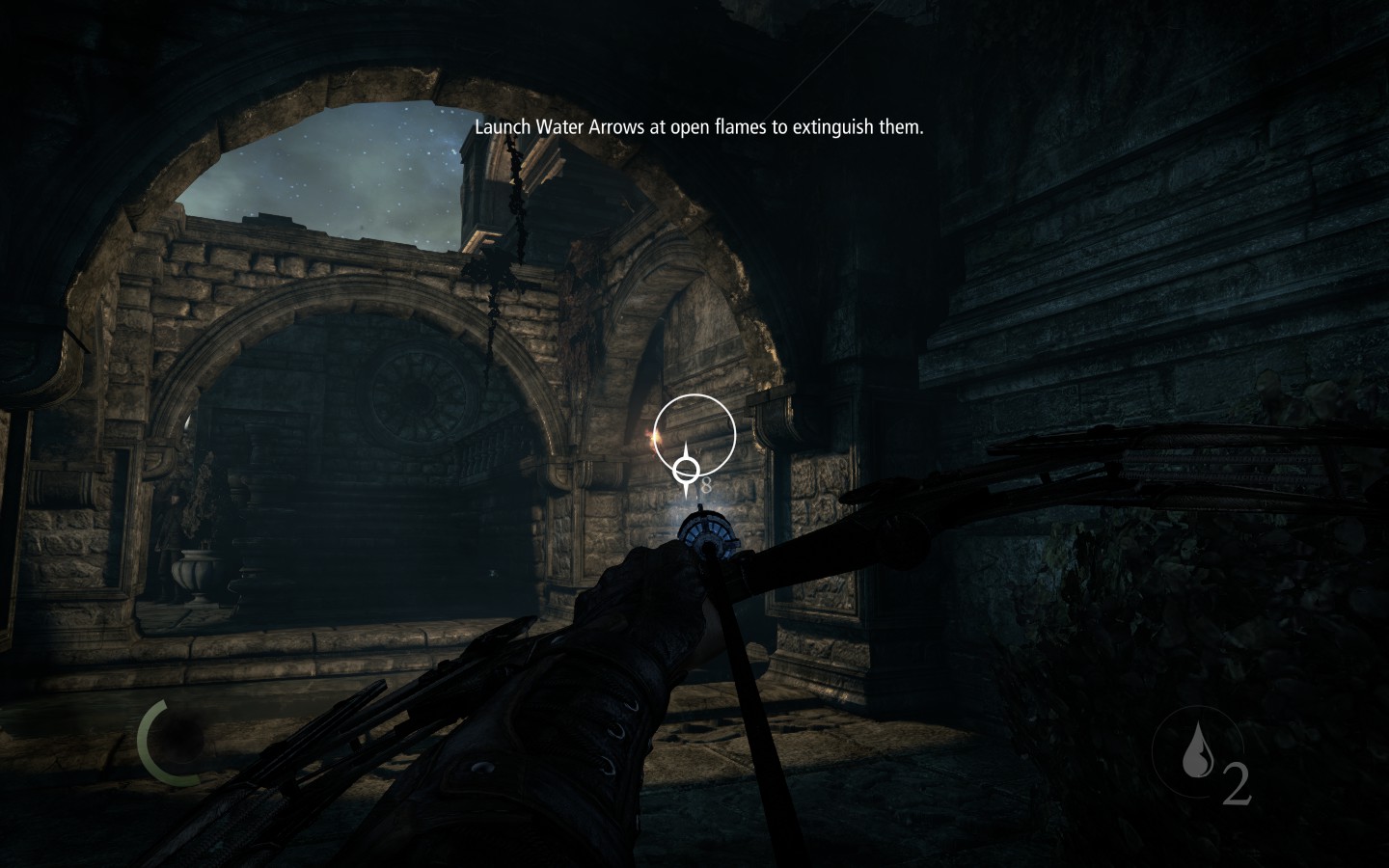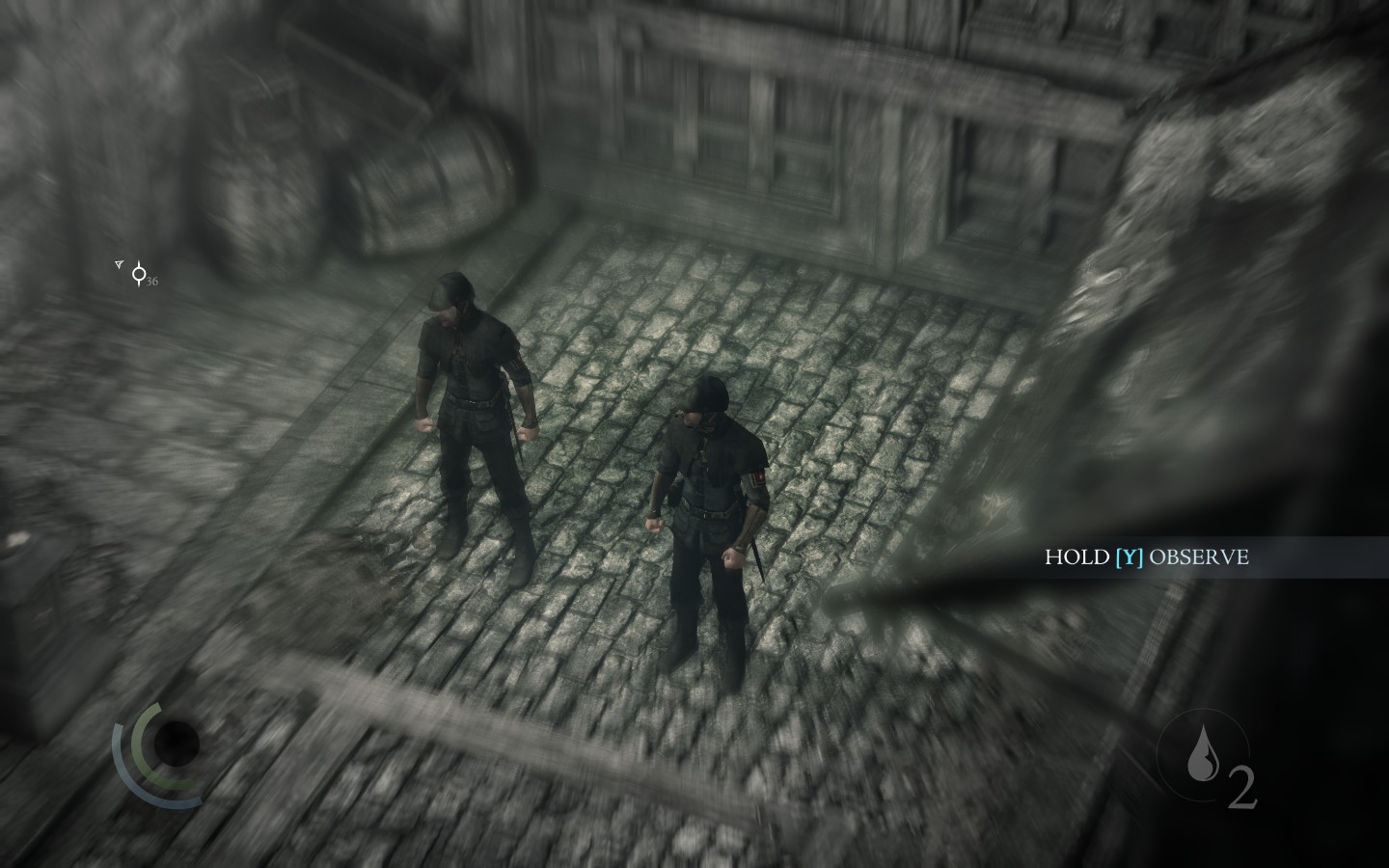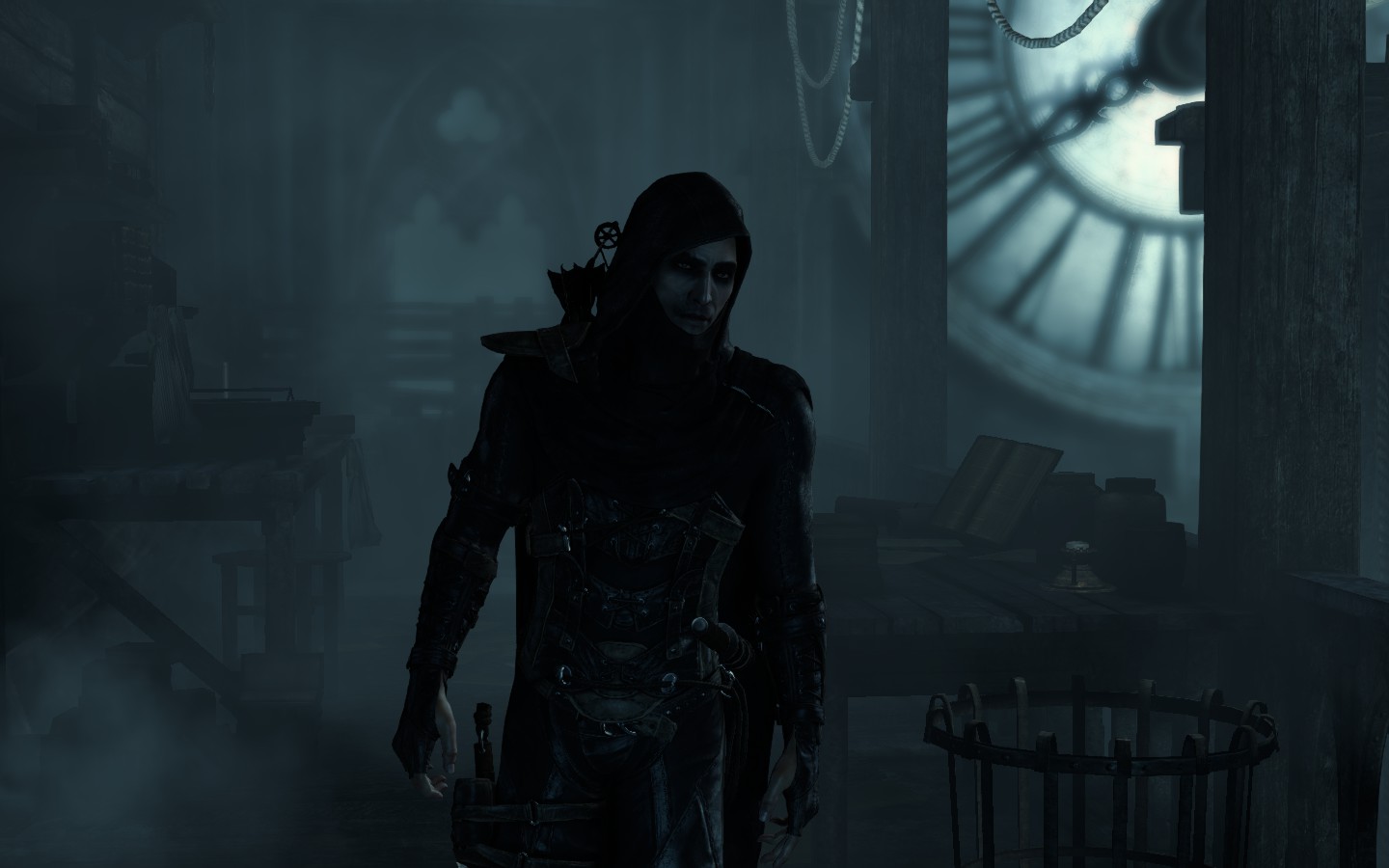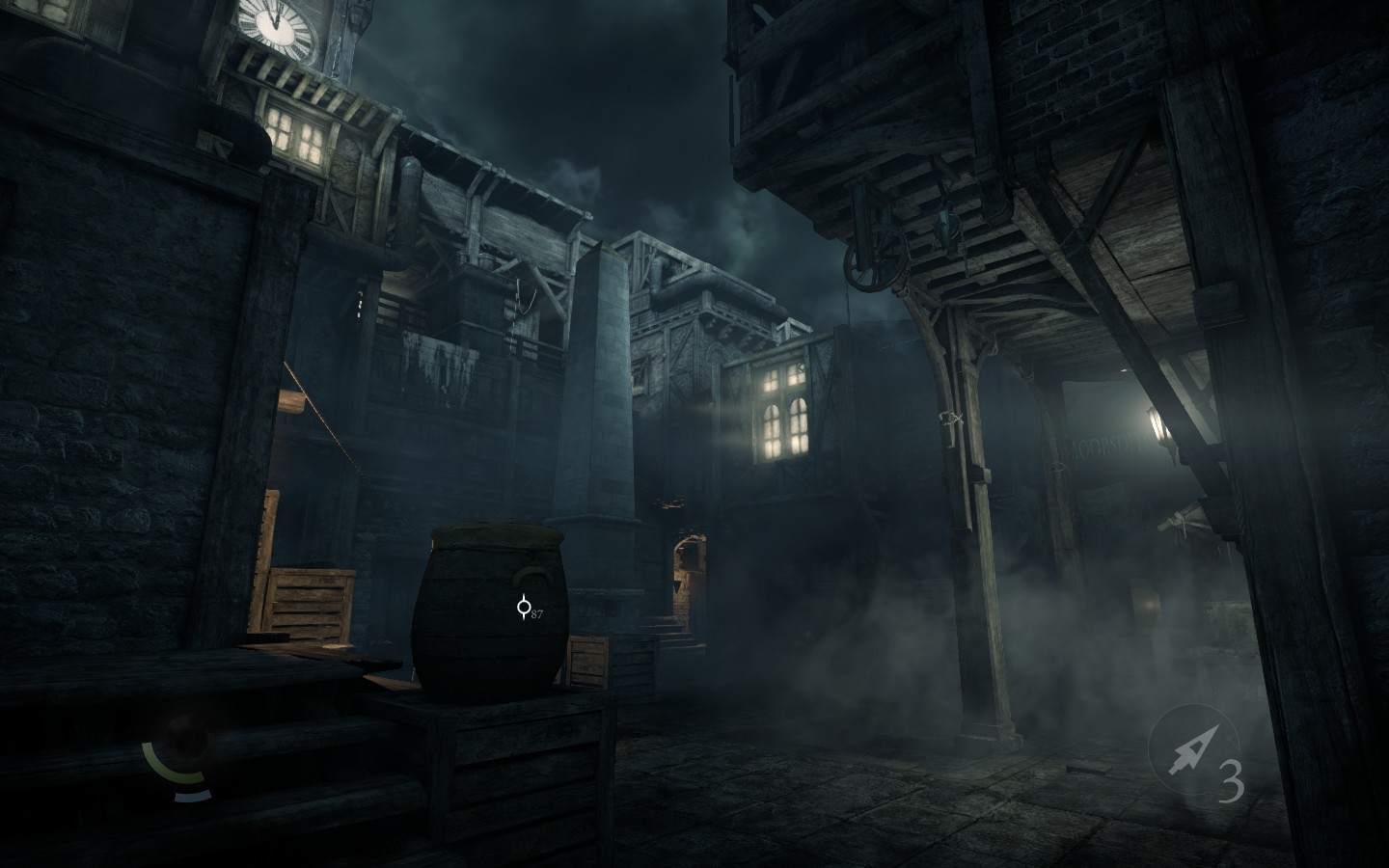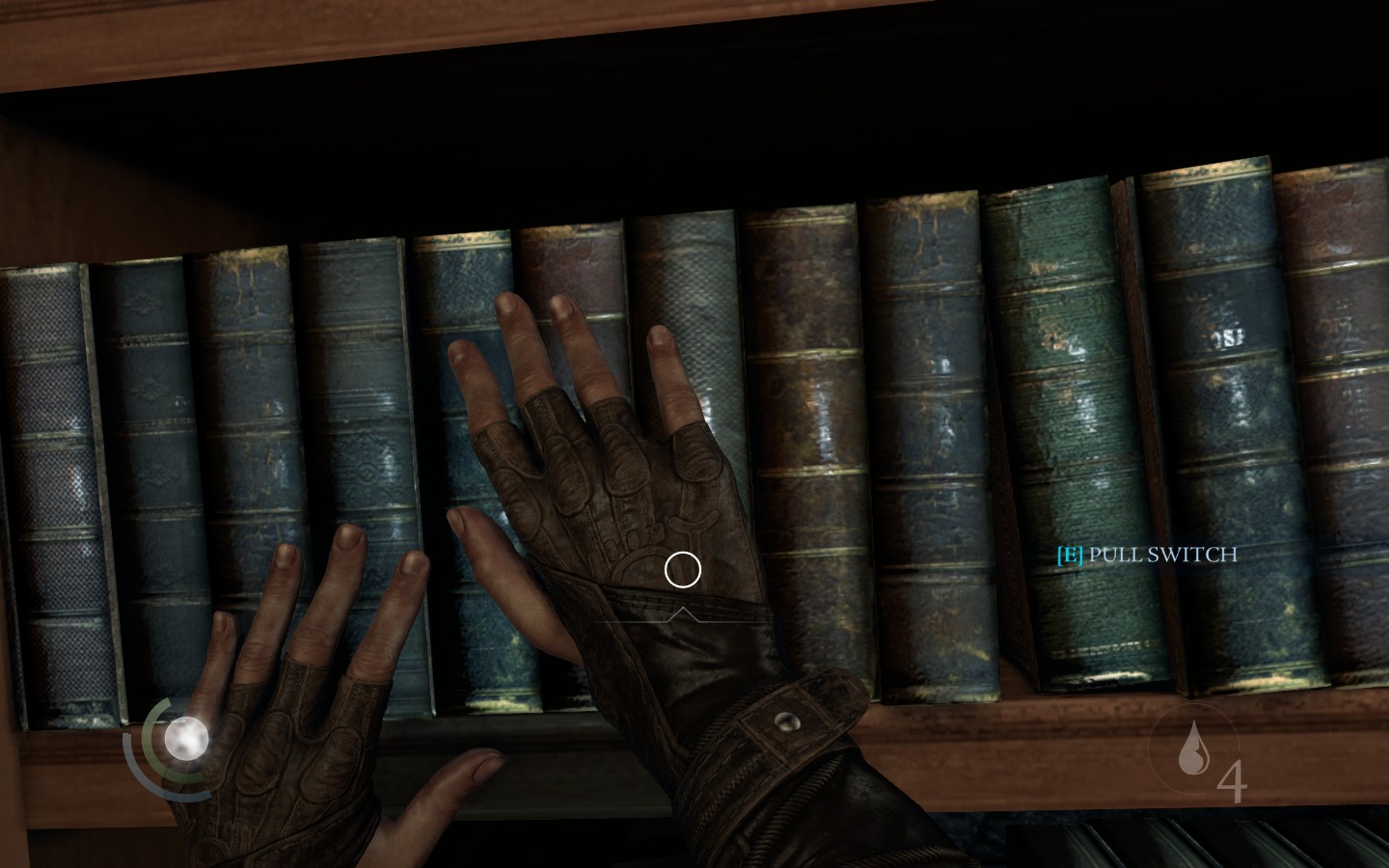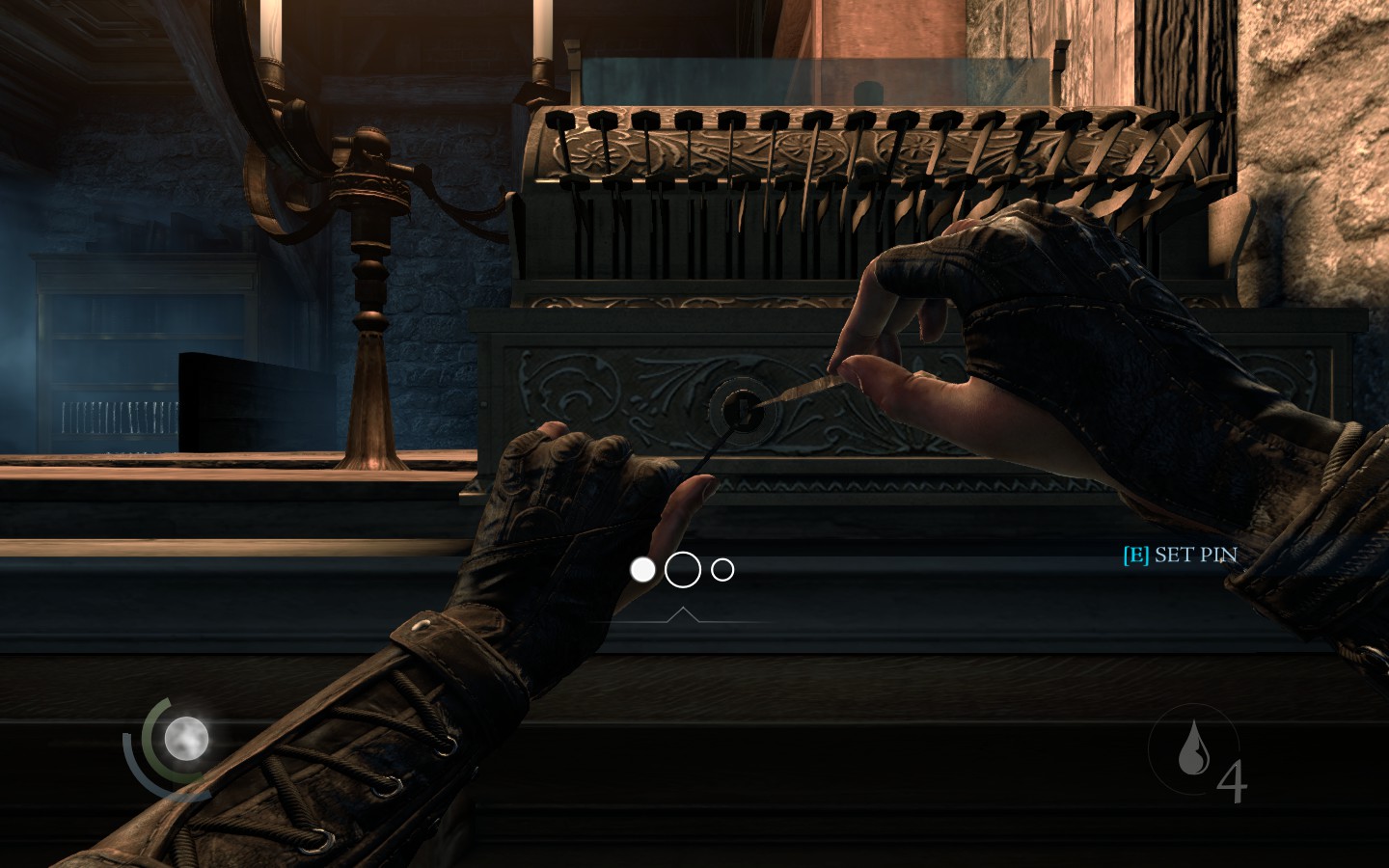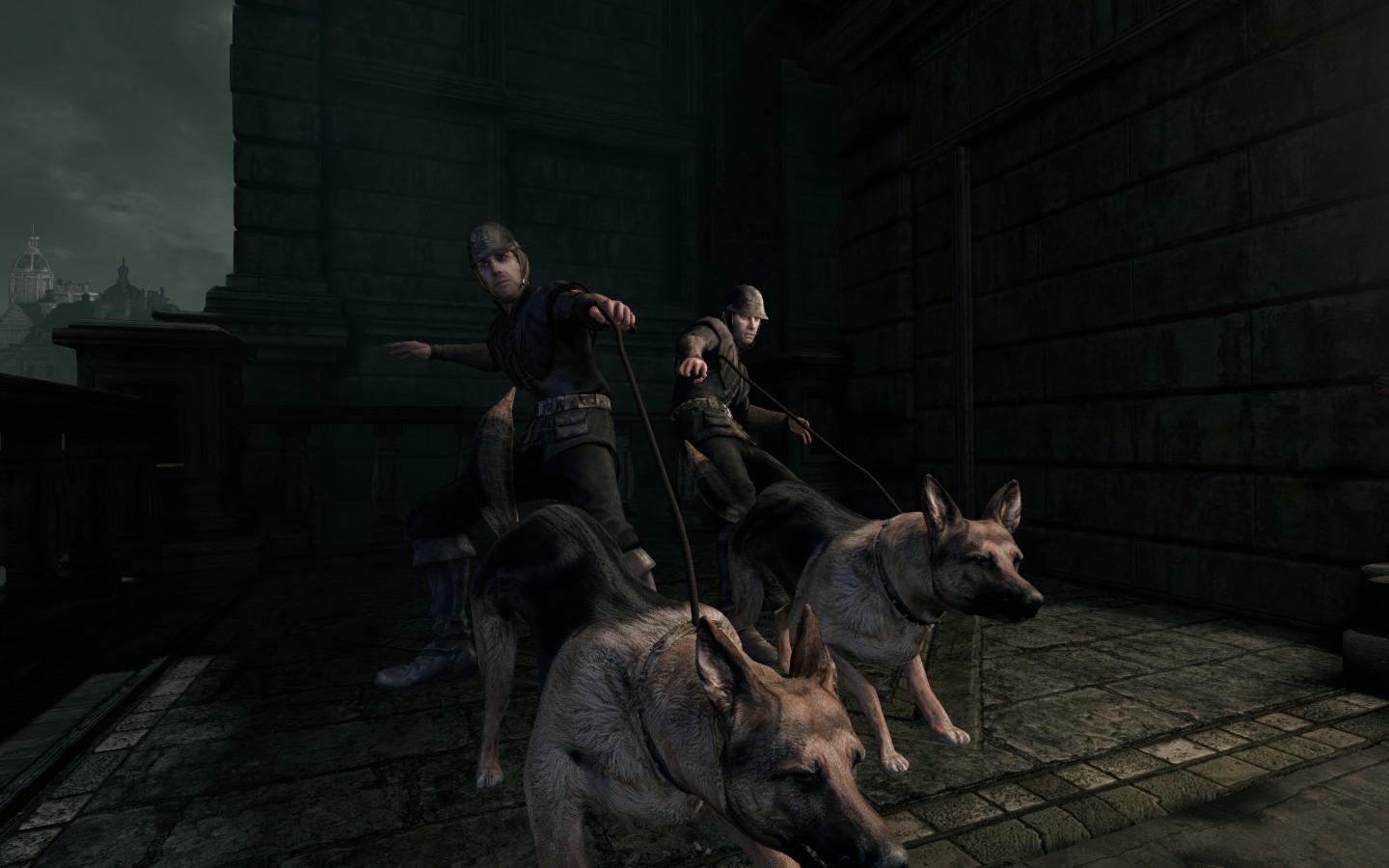Mediocre reviews towards the reboot of the Thief franchise can be credited to how the stealth genre has changed in the past decade. In a sense, stealth has been “perfected” in may different ways: Mark of the Ninja on one end of the spectrum turning sneaking into an arcade platform jumper while Splinter Cell, Deus Ex: HR and Hitman have carved their own niches into to action-stealth genre. And then there’s Dishonored, which in my opinion is Thief’s spiritual successor.
Nonetheless, here we are. More than a decade later with huge leaps in gameplay mechanics, graphics and player sentiment. The world has indeed changed for us gamers, but as a child of the 80’s, growing up with Thief in my teens brings back a familiar wonder. At times I really have to remove myself from associating the plot for that of Dishonored — a city in turmoil, a thief discovering super powers, a struggle between the oligarchs and the plebs… it’s the same formula that adds that bit of grit and mystery to any stealth genre.
Like its precursor, Garrett relies on stealth and his Green-Arrow-esque stable of projectiles from fire and water arrows to choke arrows and rope arrows. Choke arrows render animals unconscious, fire arrows ignite barrels and water arrows extinguish flames to keep you hidden. Despite the number of arrows made available in game, it is actually quite possible to complete missions without using any — triggering direct confrontation with guards or taking them out quietly with your blackjack.
Early on in the game, Garrett gains the power of Focus, which is essentially a toned down predator-mode from Batman: Arkham Asylum — allowing you to see objects of interest but also bolstering your skills for the time the mode is active.
Starting Thief, you are faced with a set of gameplay difficulty options which can be played vanilla (easy, medium, hard) or customized to your preference such as the game ending if you fall, one hit a patrolling guard kills you, or even being spotted ends the game. The ability to fine-tune specific instances of difficulty is a welcome one, however for review purposes I went the easy route and found the awareness level of most guards to be cakewalk, allowing you for bonus points if you do decide to stay hidden without killing anyone.
‘The City’ is daunting at first with a main complex that lets you do side quests by opening glowing windows and conduits that open up different parts of the city for main ‘instances’ which are the different chapters in the game. Pathfinding through the mini map can be confusing as it may take time to get accustomed to the ways and means around the city — some crates can be scaled while others cannot. Although there are visual cues for traversable platforms (seen with a white paint stain similar to Tomb Raider’s cues), getting around can still be challenging given that Garrett cannot jump at will. The space button gives him a direction-sensitive swooping motion that is used to evade guards and transmute from shadow to shadow. It’s a great mechanics but I really wish jumping around was made easier, ala Dishonored.
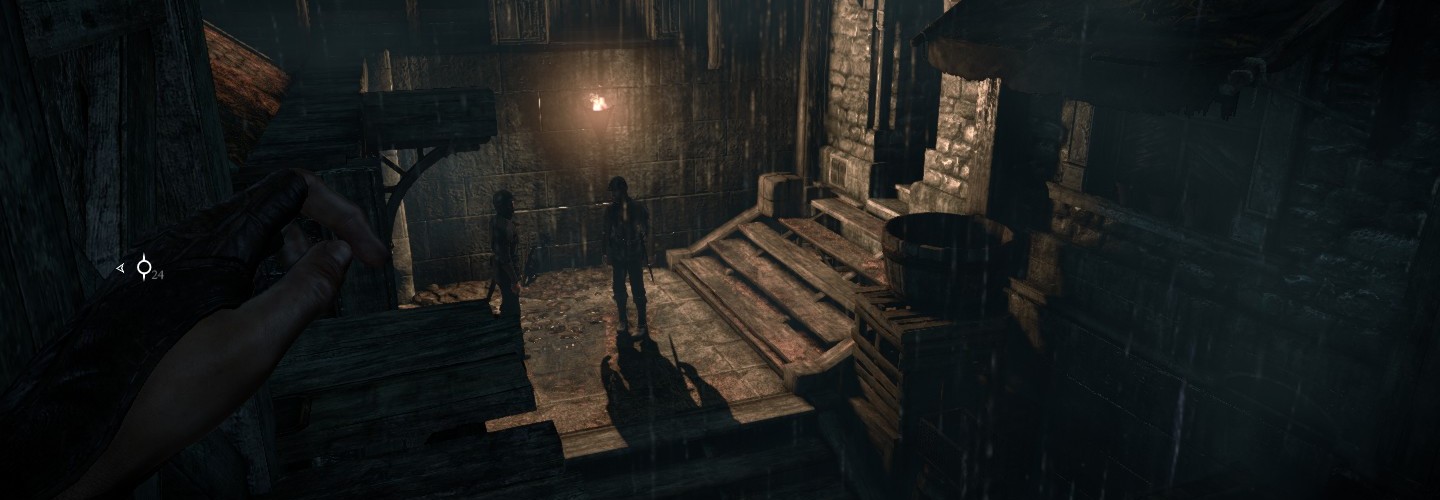
In terms of story, there’s something there — I feel that it isn’t much about the what but more of the how the story gets delivered. Dialogue can get rather campy and the plot tries to take you for a ride about three hours in but has difficulty sustaining it midway through the game. As a master Thief, Garrett himself feels like he’s really just being taken for a ride reminding himself that he just wanted to get a job done and get out — pretty much how Geralt felt in the first Witcher video game a couple of years back. But he’s brought knee deep into the intrigue so as he breaks through houses to get to his objective, he steals what he can — picking locks and stealing trinkets contribute to Garrett’s gold reserve which is used to upgrade and buy more weapons as well as upgrade his focus abilities when he encounters the Queen of the Beggars early on.
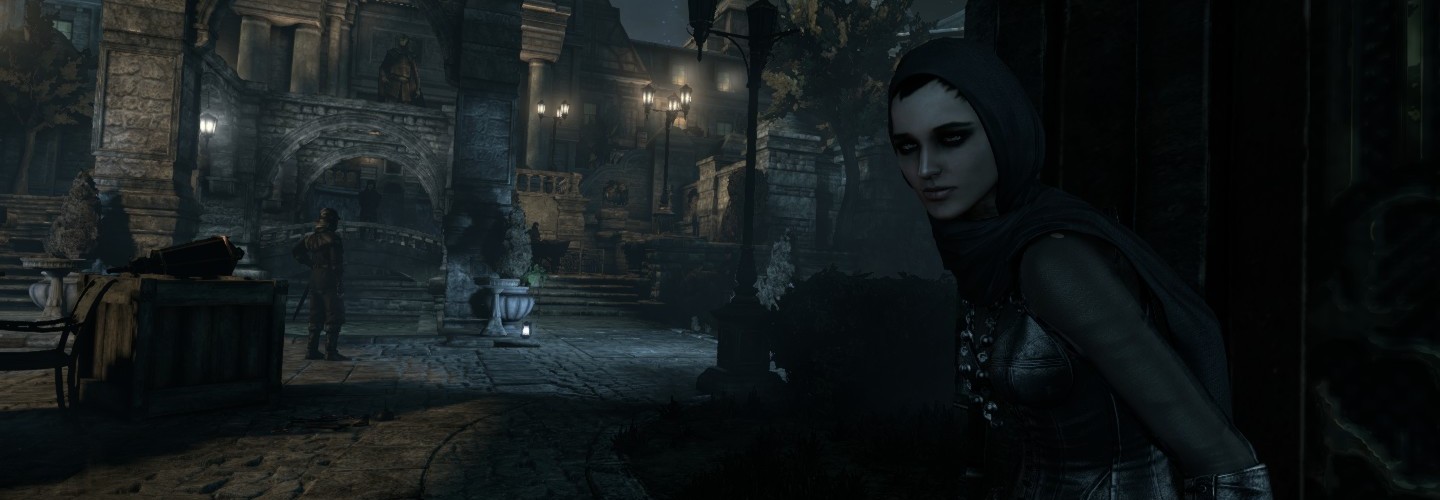
Verdict: 3/5
Don’t get me wrong. This is a good game and it is worth playing for more than just the nostalgia (albeit a few technical hiccups like map path finding issues). Thief just doesn’t own the genre anymore and we’ve become desensitized with the concept of sneaking around our enemies. if you play on the PC, add this game to your wishlist and wait for a sale.
Thief is now available for consoles and PC’s. You can buy it directly from Steam or head over to your nearest Datablitz branch.
